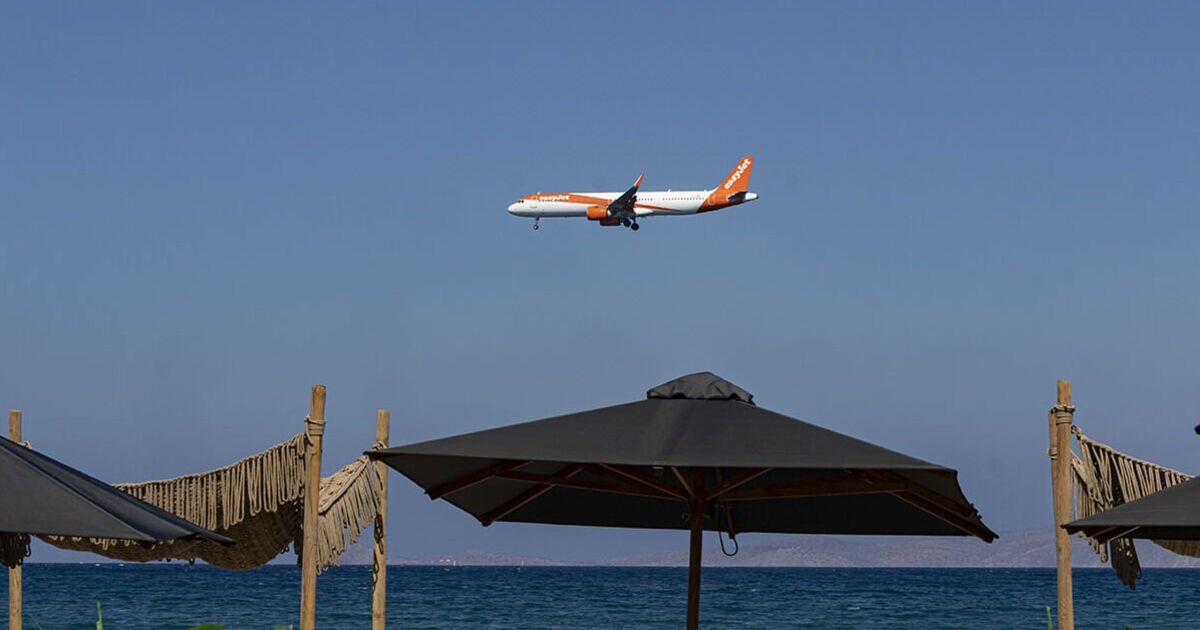
As thousands of holiday goers return from their well-deserved Easter break, there will be some who say we must stop flying in the name of climate change, however, people deserve their well-earned break. While flying does need to reduce its emissions as part of wider efforts to address carbon emissions, we must do this in a way that allows people to continue to jet off for some much-needed rest and relaxation.
The best approach is to utilize the power of innovation and technology to make flying cleaner, while still allowing people to get away on holiday.
One such approach is through sustainable aviation fuel (SAF), a replacement for traditional fossil-fuel based jet fuel which is instead made from more sustainable sources like black bin waste or used cooking oil. Not only does SAF produce up to 70% lower emissions, but it is also created from products thatwould ordinarily be thrown away.
Fortunately, the government has helped champion our homegrown SAF industry. Ministers have committed to a new financial support mechanism, giving long-term revenue certainty to the industry. This will get investment flowing into five new factories which are due to be under construction by 2025 and help meet the government target of 10% of aviation fuels coming from sustainable sources by 2030.
SAF is not the only option for greener flying, however. There are opportunities to make short flights for people travelling across the UK zero-emission. Hydrogen-powered planes will help us to decarbonize, while also making sure our United Kingdom remains connected – not least through our success as a global, island trading nation.
For example, the Scottish airline Loganair has ambitions for hydrogen-powered flights to the Orkney Islands by 2027. Zero emission aircraft are not yet a realistic option for long-haul transatlantic flights, but certainly within the UK, we should be aspiring to make domestic flights as low carbon as possible.
Obviously, even with SAF, aviation will still produce some emissions. Offsetting these emissions as much as possible, by planting more trees for example, could prove the best method of achieving net zero flying without trying to limit demand for flights. The UK could lead the way on this, creating a gold standard offset scheme to mitigate carbon emissions from the sector whilst improving the state of our natural world.
Offsetting has, historically, had a poor track record when it comes to emissions reduction. The offset market is currently viewed as a bit of a ‘wild west’, with patchy regulation and questions around whether they deliver the promised climate benefits.
Government needs to step up and put in place an independent accreditation and oversight scheme, ensuring that the promised offsets are delivering on the emissions savings as advertised. These offsets could, for example, fund forestry or wetland restoration projects across the UK, helping our native animals thrive and survive.
Progress towards these solutions for greener flying is well underway. Late last year I was pleased to be on the first ever transatlantic flight fueled entirely by SAF, using iconic British brands, onboard Virgin Atlantic powered by Rolls Royce engines. By 2030, I expect it will be less of a novelty, but instead fueling our flights as we jet off for some spring, summer or winter sun.
